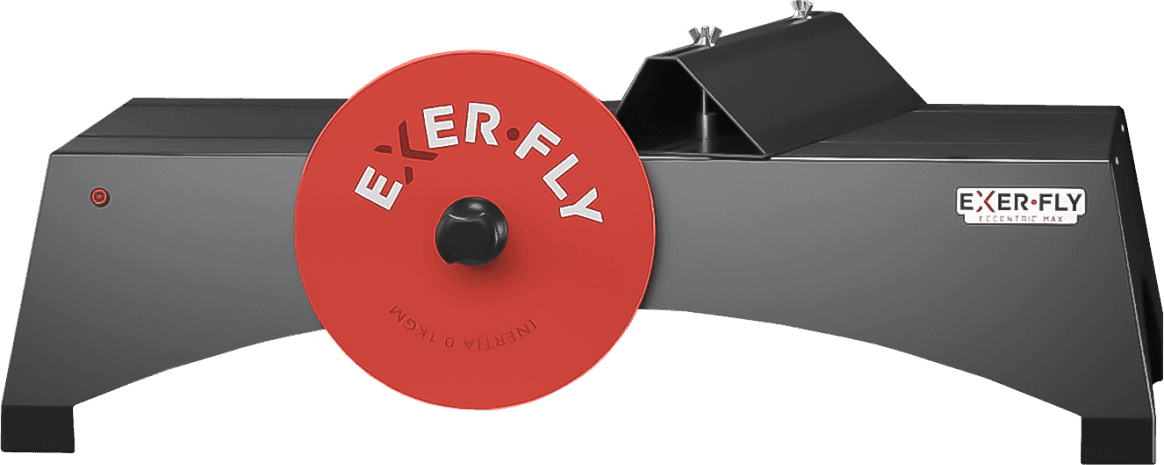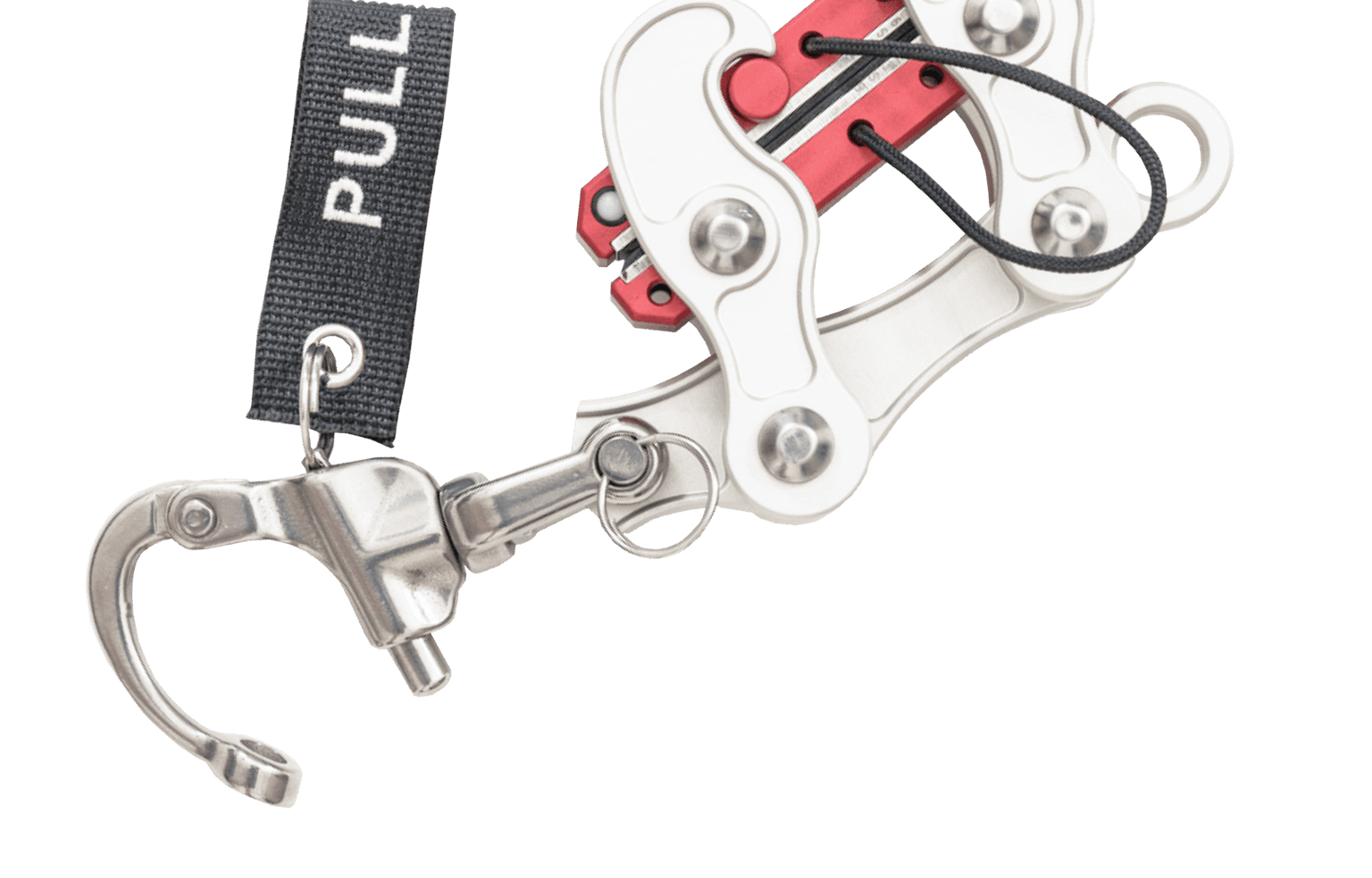
Enhancing Performance in Field-Based Sports with Exerfly and Flywheel Training
In the exhilarating world of field-based sports, where explosive power, lightning-fast direction changes, and unwavering muscular strength are the keys to victory, skill coaches and S&C's are constantly seeking innovative training methods to give their athletes a competitive edge. Enter flywheel training, a revolutionary approach that is taking the athletic world by storm. Flywheel training utilizes devices like Exerfly to enhance performance on and off the field. In this blog, we will explore the effects of flywheel resistance training on strength, power, and velocity-based performance metrics in field-based sports.
What the research says...
In the study conducted by Tous-Fajardo et al. (2016)[1], the researchers aimed to investigate the impact of flywheel resistance training on competitive female soccer players. Let's take a look.
Duration: Six weeks
Focus: Lower-body strength and power
Flywheel Exercises: Squats, lunges, and jumps.
Reps & Sets: Participants performed 3 sets of 10 reps for each exercise.
Progression: The resistance and intensity of the exercises were progressively increased throughout the six-week period.
Performance Measures: The participants' maximal strength, power development, and velocity-based performance measures, including jump height, sprinting speed, and change of direction abilities, were assessed before and after the training program.
The results? Participants demonstrated significant improvements across the board, with an average increase of 3 centimeters in jump height, a 0.2-second boost in sprinting speed, and a remarkable 15% enhancement in change of direction abilities [1].
So, what are the key advantages for field-based athletes?
- Enhanced Strength and Power: Flywheel training provides a unique resistance profile, enabling athletes to generate maximal force throughout the entire range of motion. This leads to improvements in muscular strength and power, allowing athletes to unleash explosive movements required in field-based sports[1].
- Improved Velocity-Based Performance: Flywheel training promotes the development of velocity-based performance measures, such as sprinting speed and change of direction abilities. The variable resistance provided by Exerfly devices challenges athletes to exert force rapidly, translating into improved on-field performance[1]. This also related to repeated bouts due to ability to train constantly under tension while matching fatigue throughout sets.
- Sport-Specific Adaptations: The beauty of flywheel training lies in its adaptability. It can be precisely tailored to mimic the specific movement patterns and demands of field-based sports. By replicating jumping, breaking forces, and game-specific actions, athletes develop sport-specific adaptations that directly transfer to their performance on the field[1].
Conclusion:
The research study conducted by Tous-Fajardo et al. (2016)[1] is a testament to the profound effects of flywheel resistance training on strength, power, and velocity-based performance measures in competitive female soccer players. Whether you're in the gym or on the pitch, integrating flywheel training brings an undeniable performance advantage to field-based sports.
Ready to unleash the full potential of your athletes? Flywheel training with Exerfly awaits you. Take that pivotal first step and revolutionize your field-based sports training today!
References:
- Tous-Fajardo, J., Gonzalo-Skok, O., Arjol-Serrano, J. L., & Tesch, P. A. (2016). Effects of flywheel resistance training on strength, power, and velocity-based performance measures in competitive female soccer players. Journal of Strength and Conditioning Research, 30(11), 2972-2981. View the study
- Ostrowski, S. J., Socha, T. M., Walaszek, A., & Golas, A. (2020). The effects of flywheel training on power development in collegiate baseball players. Journal of Strength and Conditioning Research, 34(4), 1171-1179. View the study






